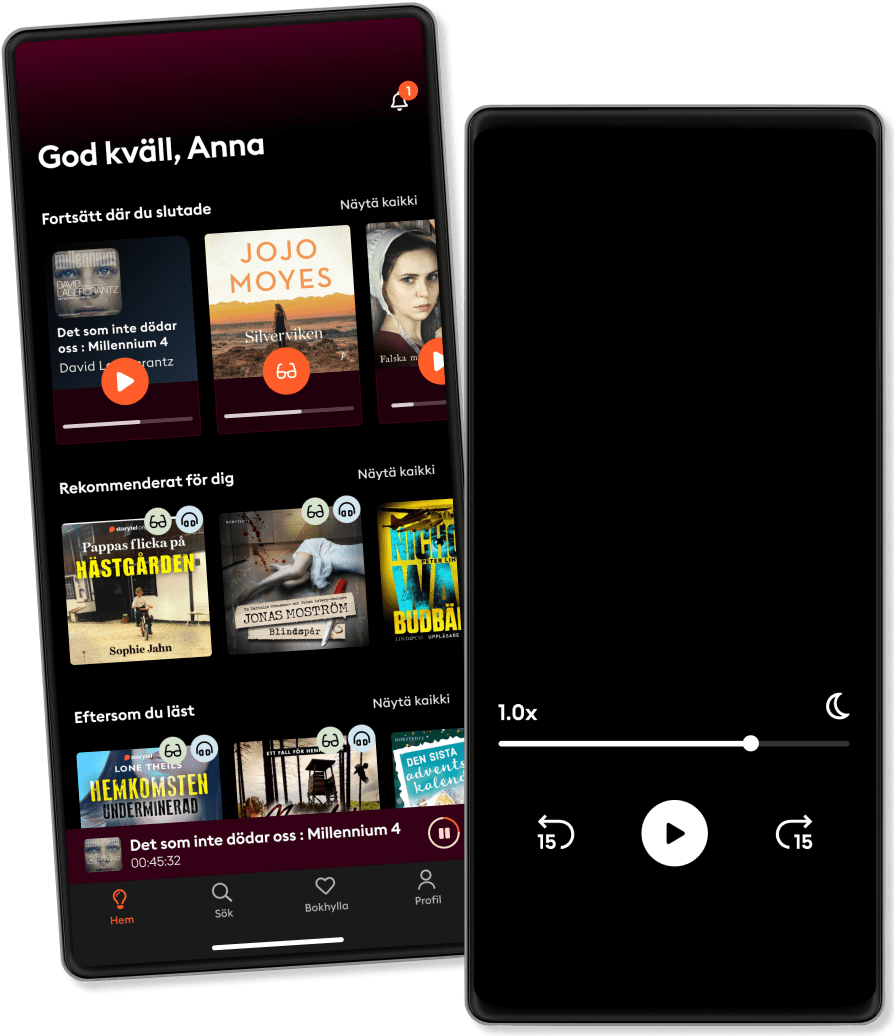الاستماع والقراءة
خطوة إلى عالم لا حدود له من القصص
- اقرأ واستمع إلى ما تريده
- أكثر من مليون عنوان
- العناوين الحصرية + أصول القصة
- 7 يوم تجربة مجانية، ثم 34.99 ريال يورو في الشهر
- من السهل الإلغاء في أي وقت

Visual Art and the Urban Evolution of the New South
- بواسطة
- الناشر
- اللغة
- اللغة الإنجليزية
- Format
- الفئة
التاريخ
Visual Art and the Urban Evolution of the New South recounts the enormous influence of artists in the evolution of six southern cities—Atlanta, Charleston, New Orleans, Louisville, Austin, and Miami—from 1865 to 1950. In the decades following the Civil War, painters, sculptors, photographers, and illustrators in these municipalities employed their talents to articulate concepts of the New South, aestheticism, and Gilded Age opulence and to construct a visual culture far beyond providing pretty pictures in public buildings and statues in city squares.
As Deborah C. Pollack investigates New South proponents such as Henry W. Grady of Atlanta and other regional leaders, she identifies "cultural strivers"—philanthropists, women's organizations, entrepreneurs, writers, architects, politicians, and dreamers—who united with visual artists to champion the arts both as a means of cultural preservation and as mechanisms of civic progress. Aestheticism, made popular by Oscar Wilde's southern tours during the Gilded Age, was another driving force in art creation and urban improvement. Specific art works occasionally precipitated controversy and incited public anger, yet for the most part artists of all kinds were recognized as providing inspirational incentives for self-improvement, civic enhancement and tourism, art appreciation, and personal fulfillment through the love of beauty.
Each of the six New South cities entered the late nineteenth century with fractured artistic heritages. Charleston and Atlanta had to recover from wartime devastation. The infrastructures of New Orleans and Louisville were barely damaged by war, but their social underpinnings were shattered by the end of slavery and postwar economic depression. Austin was not vitalized until after the Civil War and Miami was a post-Civil War creation. Pollack surveys these New South cities with an eye to understanding how each locale shaped its artistic and aesthetic self-perception across a spectrum of economic, political, gender, and race issues. She also discusses Lost Cause imagery, present in all the studied municipalities.
While many art history volumes concerning the South focus on sultry landscapes outside the urban grid, Visual Art and the Urban Evolution of the New South explores the art belonging to its cities, whether exhibited in its museums, expositions, and galleries, or reflective of its parks, plazas, marketplaces, industrial areas, gardens, and universities. It also identifies and celebrates the creative urban humanity who helped build the cultural and social framework for the modern southern city.
© 2015 University of South Carolina Press (كتاب ): 9781611174335
تاريخ الإصدار
كتاب : ١٨ يناير ٢٠١٥
الوسوم
واستمتع آخرون أيضًا...
- History of Modern Art Introbooks Team
- Michelangelo, God's Architect: The Story of His Final Years and Greatest Masterpiece William E. Wallace
- The Lives of the Artists Giorgio Vasari
- Street Art: From Around the World Garry Hunter
- A History of Art History Christopher S. Wood
- Old Masters and Young Geniuses: The Two Life Cycles of Artistic Creativity David W. Galenson
- Rembrandt's Roughness Nicola Suthor
- Art Matters: Because Your Imagination Can Change the World Chris Riddell
- Warhol Blake Gopnik
- Picasso and the Painting That Shocked the World Miles J. Unger
- ملخص كتاب الذكاء العاطفي ترافيس برادبيري
3.5
- ملخص كتاب عقل هادئ: كيف توقف التوتر وتحدّ من نوبات القلق وتقضي على التفكير السلبي ستيف سكوت
4.3
- ملخص كتاب كيف تتحدث مع أي شخص 92 خدعة صغيرة: اثنتان وتسعون خدعة صغيرة، لنجاح كبير في العلاقات ليل لاوندز
3.5
- 30 يوما مع الله فيصل أحمد بخاري
4.6
- خوف أسامة المسلم
4.5
- ملخص كتاب دماغك تحت تأثير الإباحية غاري ويلسون
4.2
- ملخص كتاب فن الإغواء - الجزء الأول روبرت غرين
3.9
- فقط اصمت وافعلها!: كيف تبدأ وتستمر براين تريسي
4.2
- صخب الخسيف - دراما صوتية - E01 أسامة المسلم
4.3
- ملخص كتاب قوانين الكاريزما كيرت مورتنسن
3.8
- فاتتني صلاة (الإصدار الصوتي الثاني) إسلام جمال
4.8
- النباتية هان كانغ
3
- أغنية الجليد والنار: لعبة العروش جورج ر. ر. مارتن
4.6
- خوف 2 أسامة المسلم
4.5
- أوراق شمعون المصري الموسم الأول أسامة عبد الرءوف الشاذلي
4.6
دائمًا برفقة Storytel
أكثر من 200000 عنوان
وضع الأطفال (بيئة آمنة للأطفال)
تنزيل الكتب للوصول إليها دون الاتصال بالإنترنت
الإلغاء في أي وقت
شهري
قصص لكل المناسبات.
حساب واحد
حساب بلا حدود
1 حساب
استماع بلا حدود
إلغاء في أي وقت
سنويا
قصص لكل المناسبات.
حساب واحد
حساب بلا حدود
1 حساب
استماع بلا حدود
إلغاء في أي وقت
6 أشهر
قصص لكل المناسبات.
حساب واحد
حساب بلا حدود
1 حساب
استماع بلا حدود
إلغاء في أي وقت
عربي
المملكة العربية السعودية